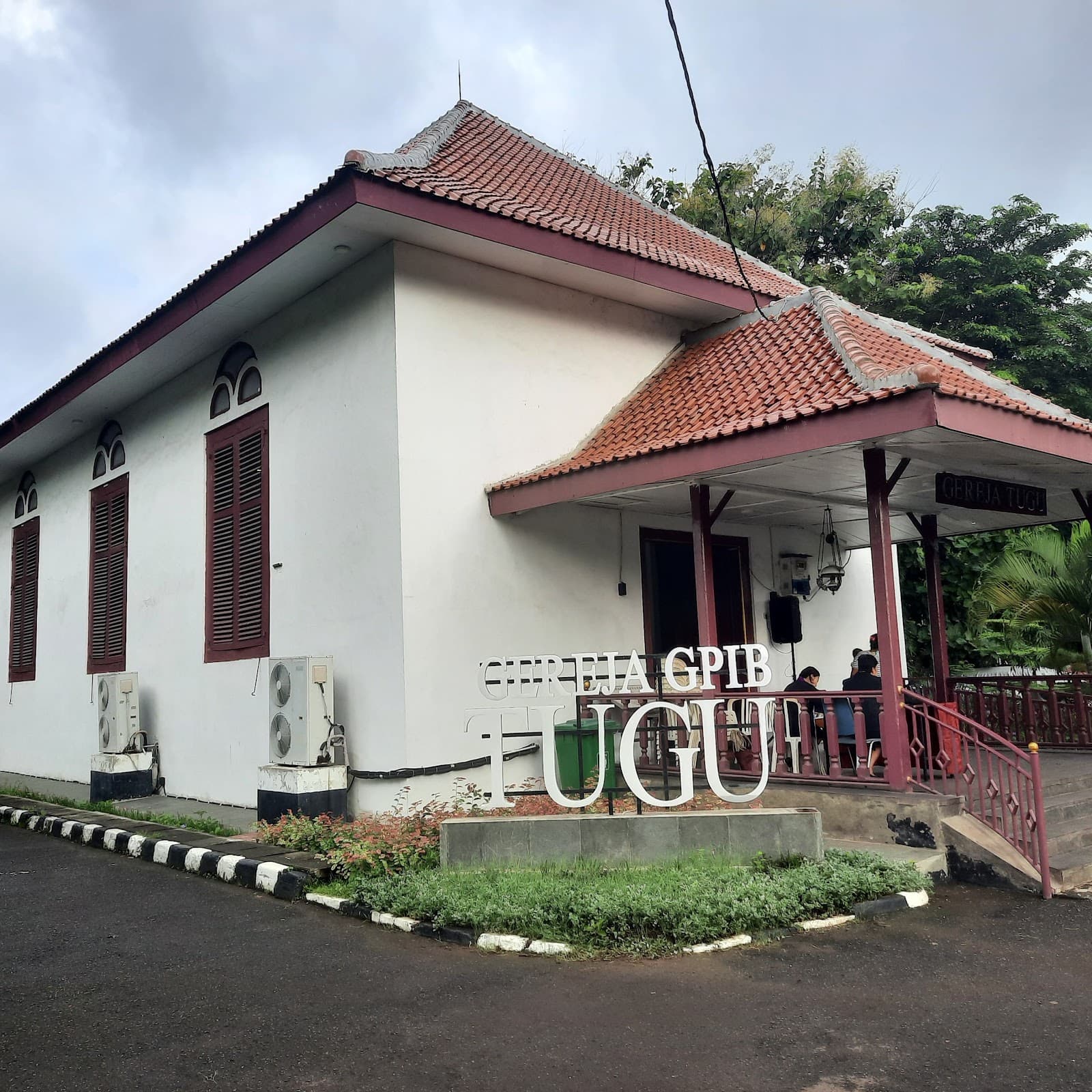
Tugu Church
Jakarta's historic Tugu Church, a testament to Portuguese Eurasian heritage, boasting a 1880 bell tower and centuries-old artifacts.
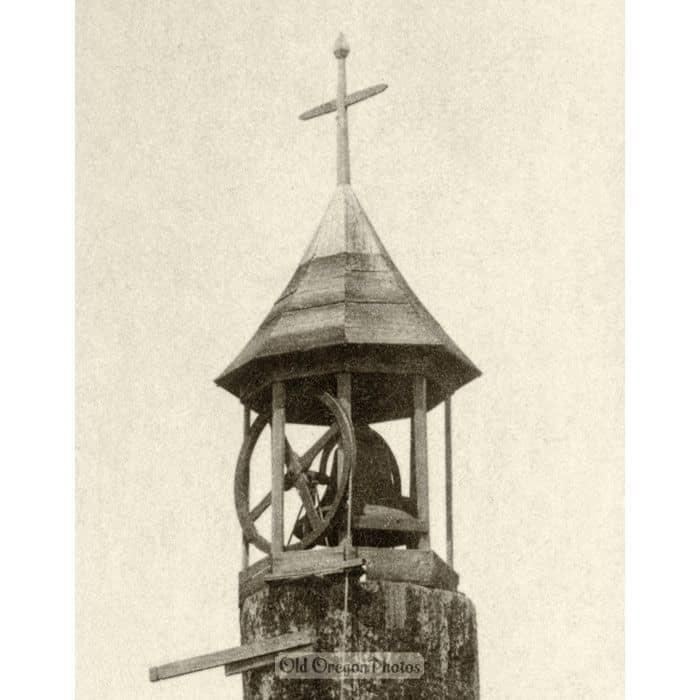
Highlights
Must-see attractions

Social
From TikTok & Reddit
Best Time
Fewer crowds, peaceful atmosphere

Tugu Church
Best Time
Fewer crowds, peaceful atmosphere

Highlights
Must-see attractions
Jakarta's historic Tugu Church, a testament to Portuguese Eurasian heritage, boasting a 1880 bell tower and centuries-old artifacts.
"A significant historical site preserving the legacy of a fading community. "
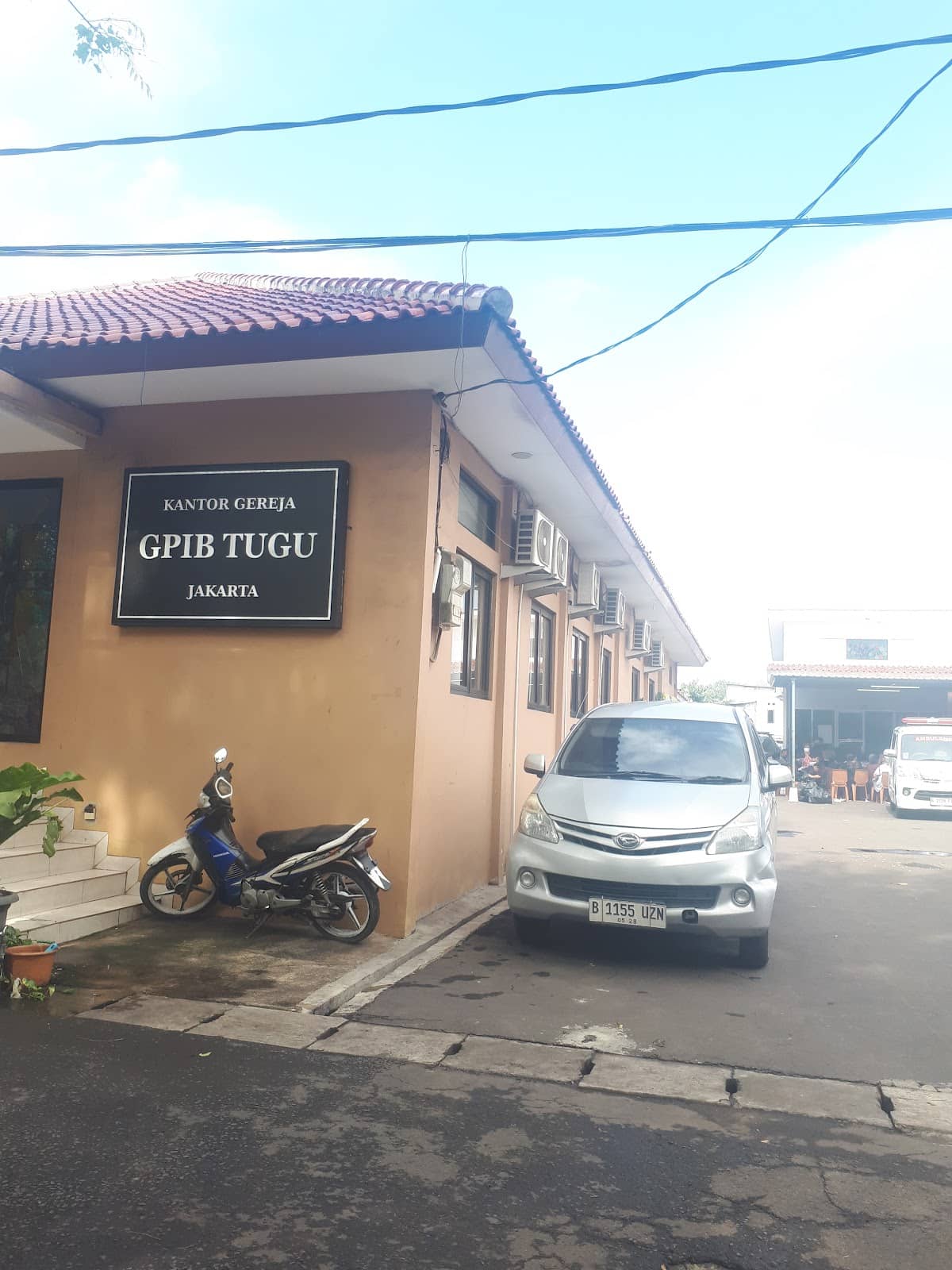
🤝 Hire a Local Guide
Enhance your visit by getting insights from a community member, preferably from Roemah Toegoe. :bustsinsilhouette:
🚶♂️ Explore the Graveyard
Discover the names of original Portuguese families and understand the deep roots of the community. :gravestone:
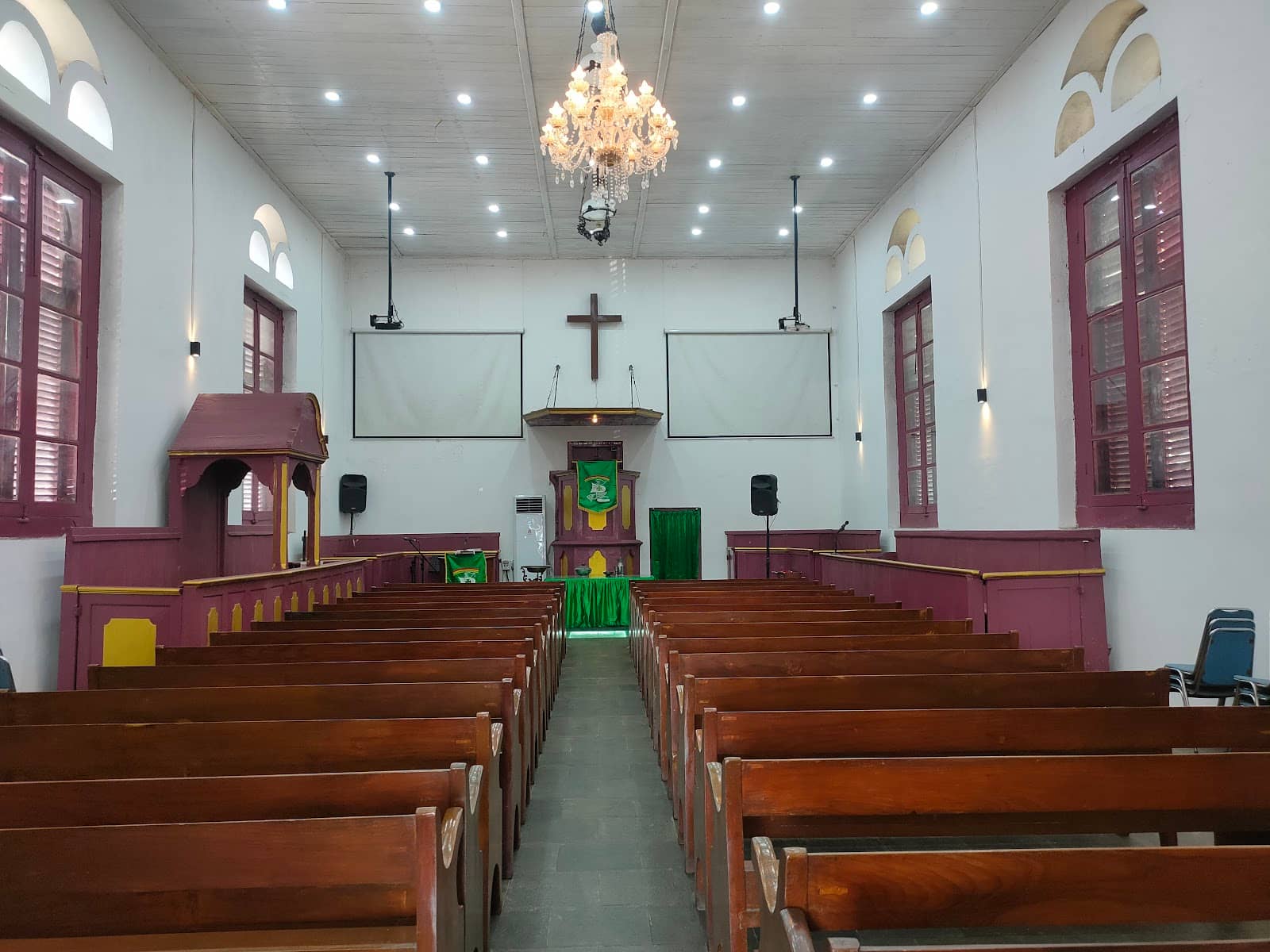
Highlights
Discover the most iconic attractions and experiences

Historic Bell Tower
Bell Tower
A relic from 1880, this tower stands as a testament to the church's long history and architectural heritage.

Portuguese Eurasian Heritage
Church and adjacent graveyard
Explore the legacy of the Portuguese Eurasian community, with names of original families etched in the graveyard.
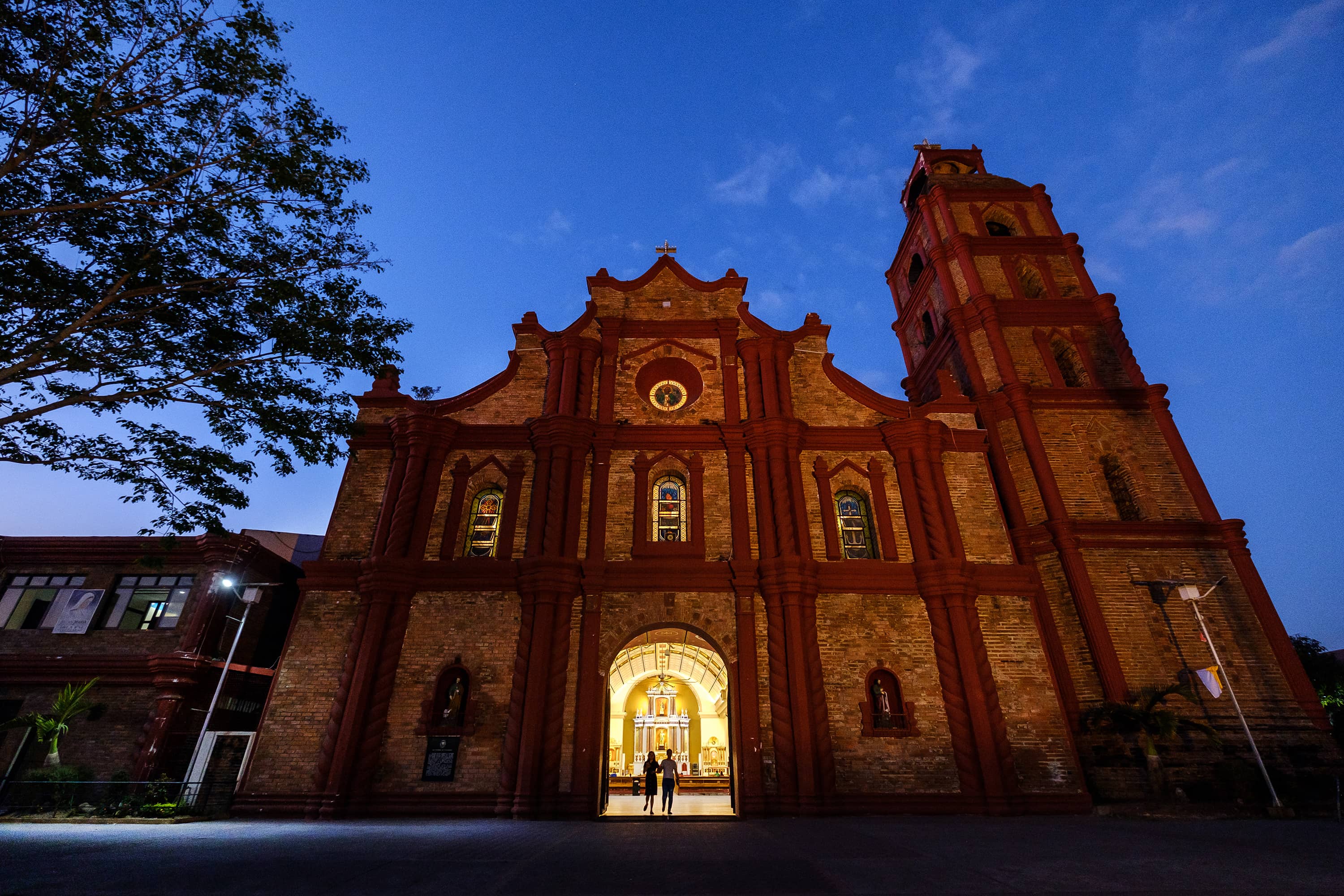
Centuries-Old Artifacts
Inside the church
See original elements like the wine trophy from Rome and the large brass holy water bowl, preserved for centuries.
Plans like a pro.
Thinks like you
Planning Your Visit
Understand the Heritage
Preservation Needs
Best Times
Insider Tips
from TikTok, Instagram & Reddit
🤝 Hire a Local Guide
Enhance your visit by getting insights from a community member, preferably from Roemah Toegoe. :bustsinsilhouette:
🚶♂️ Explore the Graveyard
Discover the names of original Portuguese families and understand the deep roots of the community. :gravestone:
🔔 Observe the Bell
The old, cracked bell is a poignant reminder of the church's past, though it's currently unattended. :bell:
🌳 Enjoy the Greenery
The church grounds offer a peaceful, tree-filled contrast to the bustling city. :evergreen_tree:
Tips
from all over the internet
🤝 Hire a Local Guide
Enhance your visit by getting insights from a community member, preferably from Roemah Toegoe. :bustsinsilhouette:
🚶♂️ Explore the Graveyard
Discover the names of original Portuguese families and understand the deep roots of the community. :gravestone:
🔔 Observe the Bell
The old, cracked bell is a poignant reminder of the church's past, though it's currently unattended. :bell:
🌳 Enjoy the Greenery
The church grounds offer a peaceful, tree-filled contrast to the bustling city. :evergreen_tree:
What Travellers Say
Reviews Summary
Tugu Church is lauded as a significant historical and cultural landmark, offering a deep dive into the Portuguese Eurasian community's heritage. Visitors appreciate its historical artifacts and the peaceful, green surroundings. However, some note that the surrounding areas and certain artifacts could benefit from more maintenance, and recommend visiting with a local guide for a richer understanding.
"Built in 1744, this Protestant Church serves the Portuguese Eurasian community in Tugu. This church is worth a visit to understand the history and heritage of the Portuguese Eurasian community there, who is now slowly disappearing. The graveyard next to the church carries the names of the original Portuguese families from Tugu. It is recommended to have a member of the community there with you during your visit, preferably from Roemah Toegoe, which is located only a short distance away."
Dennis De Witt
"Tugu Church.
Tugu Church is an old Portuguese Church located in the Portuguese Village called Tugu. This church was built in 1676-1678 not in this area but further away to Tanjung Priok area. Ruined by age then they build the second one in this place where it is until now. Throughout its history, this church was ever destroyed and been burned at the Chinese Ethnic Rebellion against the Dutch Government.
Then in the year 1744 Tugu church rebuilt for the third time on the land given by Justinus van der Vinch a landlord in Cilincing area and lead by the rev. J.M. Mohr.
Most of the buildings of this church are look the same and could be seen until now such as the column for the bell, the trophy for wine from Rome, the big brass bowl for holy water, and the main door of this church remain attached there for centuries. This place and remaining things you can see there are something come from 271 years ago. In the left side of this church there's a cemetery of the people in Tugu Village and oldest grave of the Rev. who served there.
This church is now under the management of the congregation GPIB (Protestant Church in West Indonesia). By the Indonesia government this place marked as the heritage spot for cultural.
You can find the old and original bell of this church in the terrace of the priest' house opposite to the church. The condition is crack and unattended as you see in the picture attached hereto."
Anthony Bachtiar
"An old Portuguese church for “mardijkers” or the prisoners of the Dutch East India (“VOC”). The building relatively well maintained but the surrounding needs serious attention. Graveyard next to the church still active as cemetery for the locals with Portuguese descent."
Suria Nataadmadja
What People Like
What People Dislike
Frequently Asked Questions
🚇 🗺️ Getting There
Tugu Church is located in the Tugu Portuguese Village area. You can reach it by taxi, ride-sharing services, or private car. Public transport options might require transfers and can be less direct. It's advisable to use a navigation app for the most up-to-date routes.
While public transport can get you to the general vicinity, direct access to Tugu Church might involve walking or further local transport. It's often easier to use ride-sharing apps for a more convenient journey.
Walking is a great way to explore Tugu Village and its historical sites like the church. For longer distances, consider ride-sharing services.
Parking availability can be limited, especially during peak times or events. It's best to inquire locally or be prepared to find parking on nearby streets.
Tugu Church is a historical landmark itself, situated within the Tugu Portuguese Village. It's a destination for those interested in Jakarta's colonial and community history.
🎫 🎫 Tickets & Entry
Tugu Church is a functioning place of worship and a heritage site. Entry is generally free, but donations are often appreciated to help with maintenance.
As a church, it's typically open during daylight hours, especially for services. It's advisable to visit during the day to explore the grounds and historical elements.
Yes, the graveyard is adjacent to the church and is accessible. It's an important part of understanding the history of the Portuguese Eurasian community.
There is typically no entrance fee for the graveyard, but respectful behavior is expected as it is a place of remembrance.
Visitors are expected to dress modestly and behave respectfully, as it is an active church. Photography might be restricted during services.
🎫 🧭 Onsite Experience
You can see the historic church building, its bell tower from 1880, ancient artifacts like a holy water bowl, and the adjacent graveyard with names of original Portuguese families.
The church and its surroundings offer historical and architectural subjects for photography. However, be mindful of services and respectful of the location.
It's one of Jakarta's oldest Protestant churches, built for the Portuguese Eurasian community, and has a history dating back to the 17th century, with multiple rebuilds.
The old, cracked bell is located on the terrace of the priest's house opposite the church, though it's currently unattended.
The church grounds are described as having a nice, peaceful atmosphere with many trees, offering a contrast to the busy city.
🍽️ 🍽️ Food & Dining
While Tugu Church itself doesn't have dining facilities, the surrounding Tugu Village area might have local eateries. For a wider selection, you would likely need to travel to other parts of Jakarta.
Finding authentic Portuguese Eurasian cuisine directly at Tugu Church is unlikely. You may need to research specific restaurants in Jakarta that specialize in this heritage.
No, Tugu Church is a historical and religious site, and typically does not have commercial food or beverage facilities on its premises.
The Tugu Village area is primarily residential and historical. Dining options might be limited to very local warungs (small eateries).
For a broader range of dining experiences, consider heading to areas like Kelapa Gading or other central Jakarta districts, which offer diverse culinary choices.
📸 📸 Photography
The church facade, the bell tower, the historical artifacts inside, and the graveyard offer unique photographic opportunities. The tree-lined grounds also provide a serene backdrop.
Photography inside the church may be restricted, especially during services. It's best to be discreet and respectful, or ask for permission if unsure.
It's ideal for historical, architectural, and cultural photography, capturing the essence of Jakarta's colonial past and its enduring communities.
Visit during daylight hours for the best natural light. Focus on capturing the details of the architecture and the historical markers.
Drone photography is generally not permitted in religious sites or residential areas without explicit permission from authorities and the church management.
For Different Travelers
Tailored advice for your travel style
👨👩👧 Families with Kids
Consider visiting with a local guide who can make the history engaging for younger audiences. The historical artifacts inside the church, like the old holy water bowl, can spark curiosity. It's important to emphasize respectful behavior due to the church's active religious function.
🏛️ History Buffs
Pay close attention to the architectural details, the preserved artifacts, and the inscriptions in the graveyard. Engaging with local historical societies or guides can provide deeper insights into the church's multifaceted past and its significance as a cultural heritage site.
🚶♀️ Solo Travelers
Consider hiring a local guide for a more immersive experience, as they can share personal anecdotes and historical context that might not be readily apparent. The graveyard offers a somber yet fascinating glimpse into the lives of early settlers.
Deep Dives
In-depth insights and expert knowledge
The Enduring Legacy of the Portuguese Eurasian Community
Visiting Tugu Church offers a glimpse into this unique cultural group. The adjacent graveyard is particularly poignant, bearing the names of the original families who settled here centuries ago. Sadly, the community is diminishing, making sites like Tugu Church even more crucial for preserving their history and traditions. It's highly recommended to engage with locals or guides from organizations like Roemah Toegoe to gain a deeper appreciation for their story.
While the church building itself is a significant historical artifact, its preservation is an ongoing effort. The contrast between the well-preserved church structure and some of the surrounding areas highlights the challenges faced in maintaining such historical sites. Nevertheless, the spiritual and historical significance of Tugu Church continues to resonate, serving as a quiet testament to a vibrant past.
Architectural and Historical Significance
The church's history is marked by resilience, having been destroyed and rebuilt due to events like the Chinese Ethnic Rebellion against the Dutch Government. The third and current iteration, established in 1744 on land provided by a local landlord, Justinus van der Vinch, and led by Rev. J.M. Mohr, has stood the test of time. The building's design, while needing maintenance in some areas, largely preserves its original character, making it a valuable heritage site for Jakarta.
Designated as a heritage spot by the Indonesian government, Tugu Church is managed by the congregation of GPIB (Protestant Church in West Indonesia). The presence of the old, cracked bell on the priest's house terrace serves as a tangible, albeit melancholic, reminder of the church's past and the passage of time.

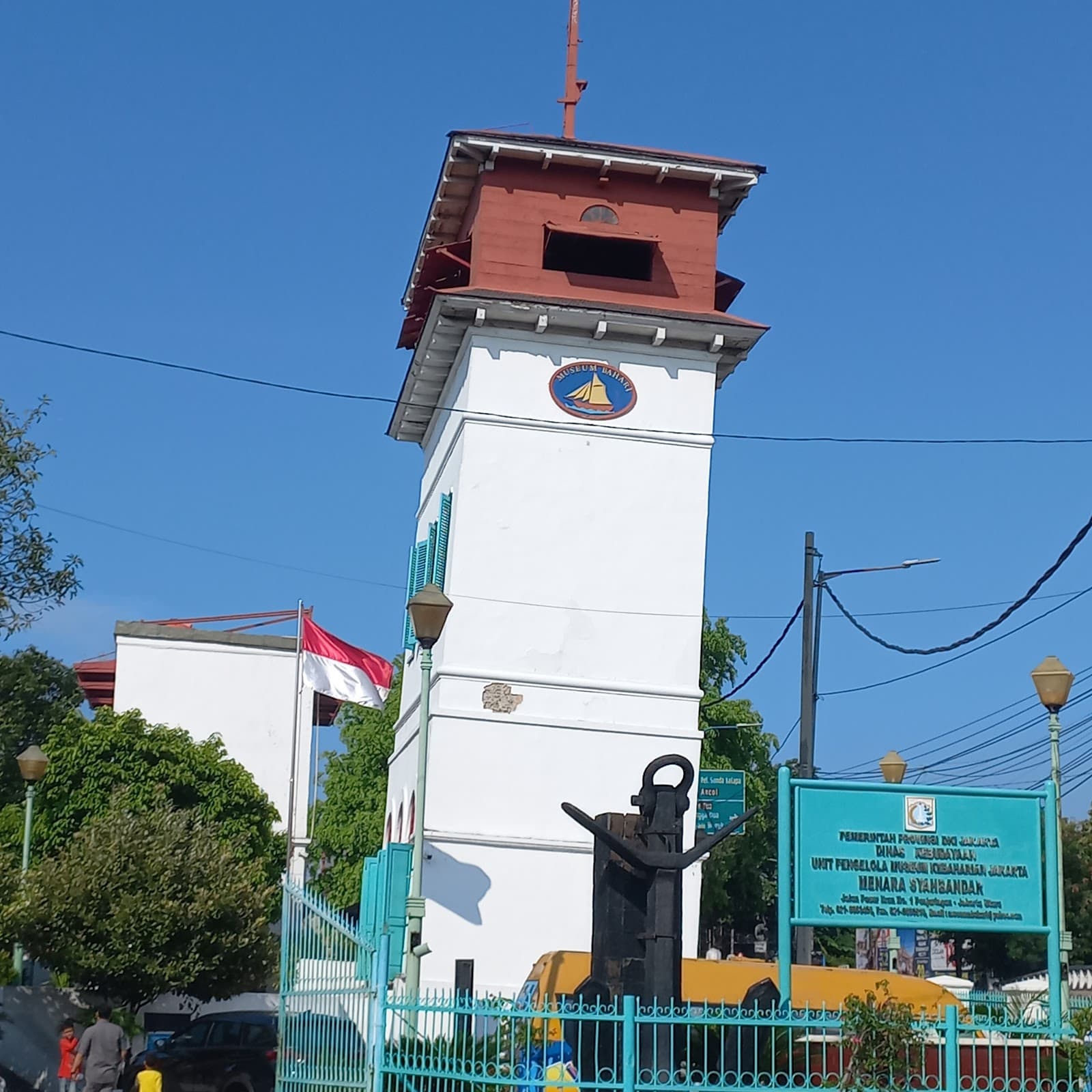
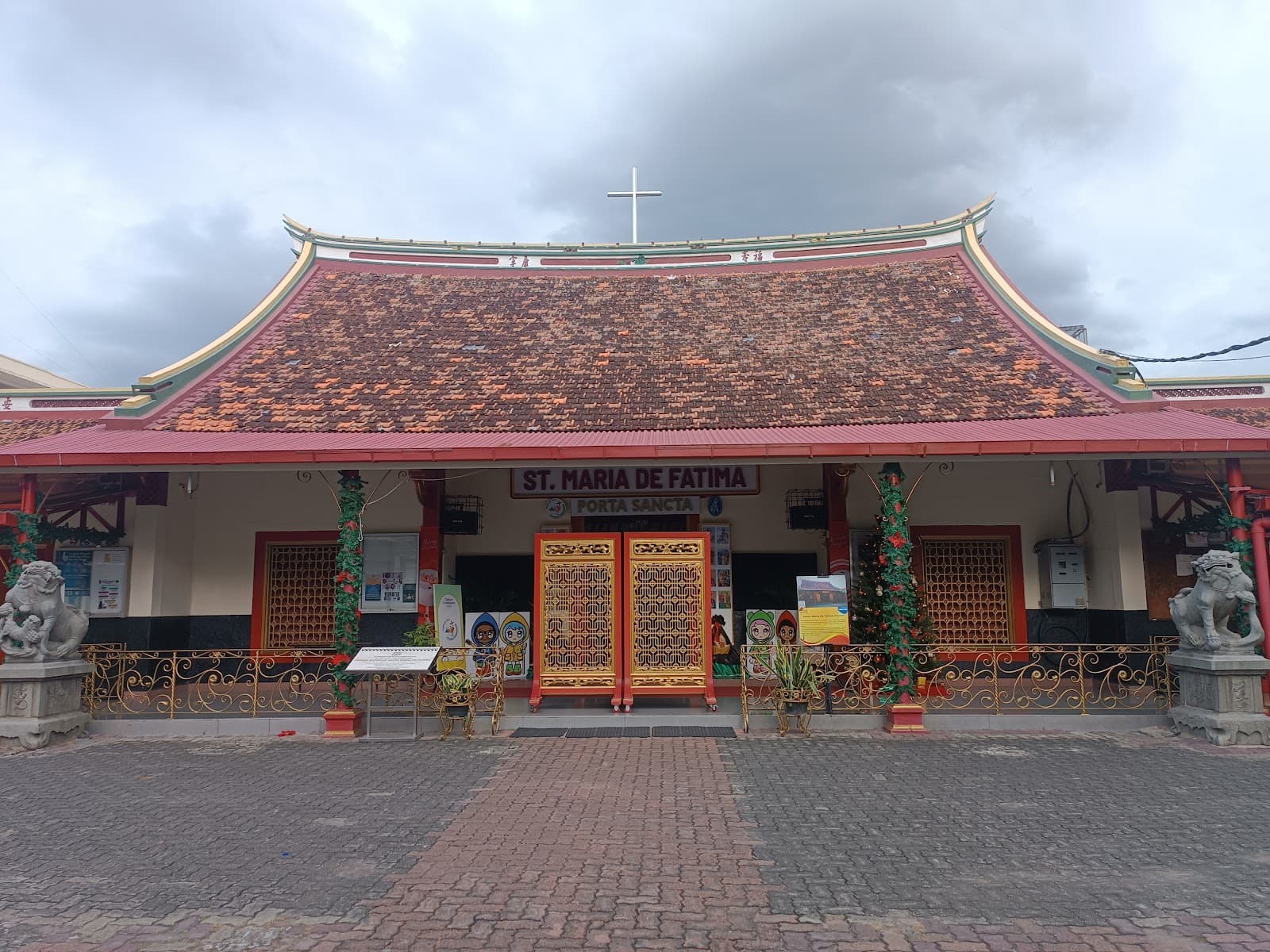



Social
from TikTok, Instagram & Reddit